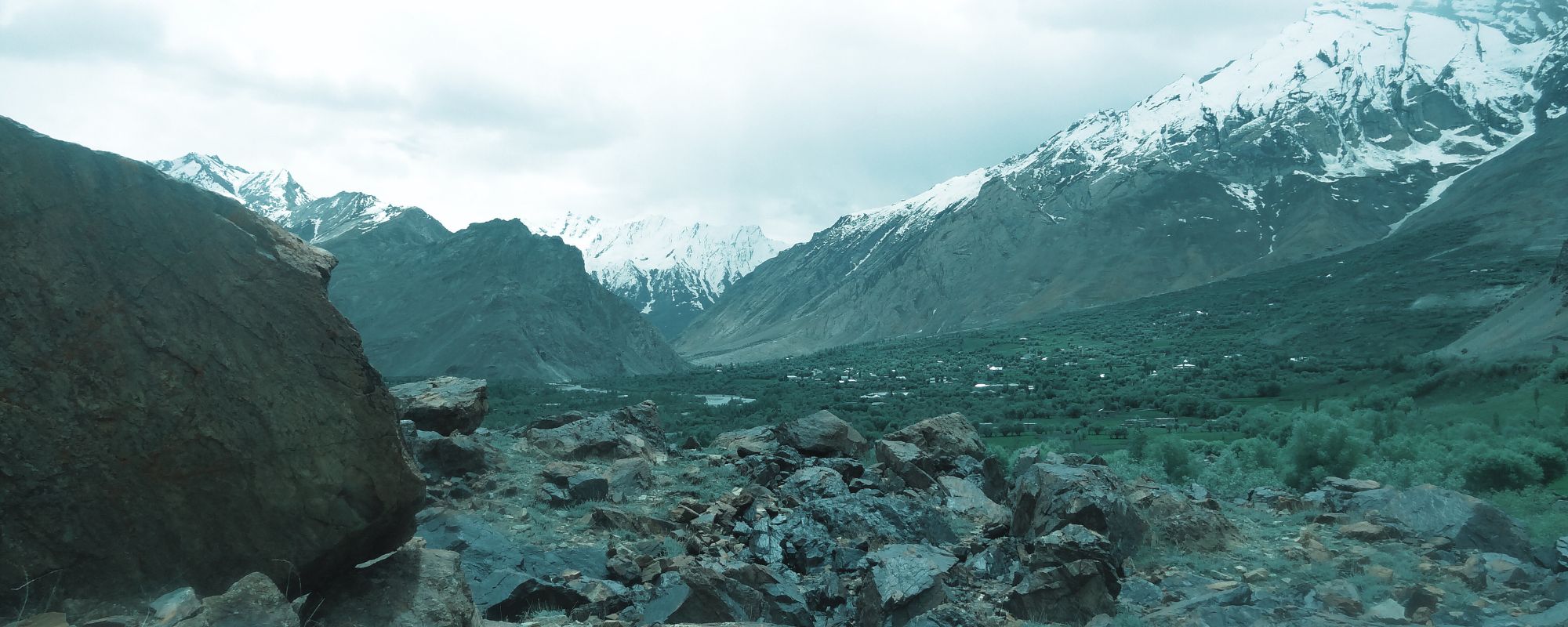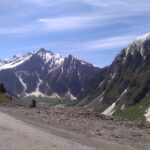1. Planning & Preparation is Key:
-
Choose the Right Trek: Select a trek that matches your fitness level and experience. Consider factors like altitude gain, terrain, distance, and duration.
-
Research the Route: Thoroughly research the trekking route, including maps, elevation profiles, water sources, campsites, and potential hazards.
-
Check Weather Conditions: Stay up-to-date on the latest weather forecasts and be prepared for sudden changes in weather.
-
Travel Insurance: Ensure your travel insurance covers trekking activities at high altitudes.
-
Inform Someone: Before you start your trek, inform someone (a friend, family member, or hotel) of your itinerary and expected return date.
2. Hiring a Local Guide & Porter:
-
Essential for Safety: Hiring a local guide is highly recommended, especially for challenging treks.
-
Local Knowledge: Guides possess invaluable knowledge of the terrain, weather patterns, potential hazards, and local culture.
-
Support the Local Economy: Hiring a guide and porter provides economic opportunities for local communities.
-
Ensure Proper Licensing: Verify that your guide is licensed and certified by a recognized trekking association.
-
Porters: If you’re carrying a heavy pack, consider hiring a porter to assist you.
3. Essential Gear & Packing List:
-
Sturdy Trekking Boots: Essential for ankle support and traction on uneven terrain. Break them in before your trek!
-
Warm Layers: Pack layers of clothing to adapt to changing weather conditions, including a waterproof jacket, fleece jacket, thermal underwear, and warm socks.
-
Trekking Pants: Lightweight, quick-drying trekking pants are ideal.
-
Backpack: Choose a comfortable and durable backpack with a capacity appropriate for the length of your trek.
-
Sleeping Bag: If you’re camping, bring a sleeping bag rated for the expected temperatures.
-
Trekking Poles: Trekking poles can help improve balance, reduce strain on your knees, and conserve energy.
-
Headlamp or Flashlight: Essential for navigating in the dark.
-
Sun Protection: Sunglasses, sunscreen, and a hat are crucial for protecting yourself from the sun’s harmful rays.
-
First-Aid Kit: A comprehensive first-aid kit is essential, including blister treatment, antiseptic wipes, pain relievers, bandages, diarrhea medication, and altitude sickness medication (if necessary).
-
Water Bottle or Hydration Pack: Stay hydrated by carrying enough water. A water filter or purification tablets can be useful for treating water from natural sources.
-
Snacks: Pack high-energy snacks like trail mix, energy bars, dried fruit, and nuts.
-
Map & Compass/GPS: Familiarize yourself with the route and bring a map and compass or a GPS device.
-
Insect Repellent: Protect yourself from mosquitoes and other insects.
4. Acclimatization & Altitude Sickness:
-
Ascend Gradually: Ascend slowly and allow your body time to acclimatize to the altitude.
-
Stay Hydrated: Drink plenty of water to help your body adjust to the altitude.
-
Avoid Alcohol & Smoking: Alcohol and smoking can worsen altitude sickness symptoms.
-
Recognize the Symptoms: Learn to recognize the symptoms of altitude sickness, such as headache, nausea, fatigue, and shortness of breath.
-
Descend if Necessary: If you experience symptoms of altitude sickness, descend immediately to a lower altitude.
5. Responsible Trekking Practices:
-
Leave No Trace: Pack out everything you pack in, and minimize your impact on the environment.
-
Stay on Marked Trails: Avoid deviating from marked trails to protect vegetation and wildlife.
-
Respect Wildlife: Observe wildlife from a distance and avoid feeding or disturbing animals.
-
Minimize Noise: Keep noise levels to a minimum to avoid disturbing wildlife and other trekkers.
-
Dispose of Waste Properly: Dispose of human waste responsibly by burying it at least 6 inches deep and 200 feet away from water sources.
-
Avoid Open Fires: Use a portable stove for cooking and avoid building open fires, which can be a fire hazard and damage the environment.
6. Safety Precautions:
-
Check the Weather: Be aware of weather conditions and avoid trekking in dangerous weather.
-
Trekking Alone: If you are trekking solo, you should be extra cautious.
-
Communicate with Your Guide: If trekking with a guide, stay close to them and communicate any concerns or problems.
-
River Crossings: Be cautious when crossing rivers. Choose a safe crossing point and use trekking poles for balance.
-
Wildlife Encounters: Be aware of the possibility of encountering wildlife, such as bears or leopards, and know how to react appropriately.
-
First Aid Knowledge:







Nemo enim ipsam voluptatem quia voluptas sit aspernatur aut odit aut fugit, sed quia consequuntur magni dolores eos qui ratione voluptatem sequi nesciunt.
Duis aute irure dolor in reprehenderit in voluptate velit esse cillum dolore